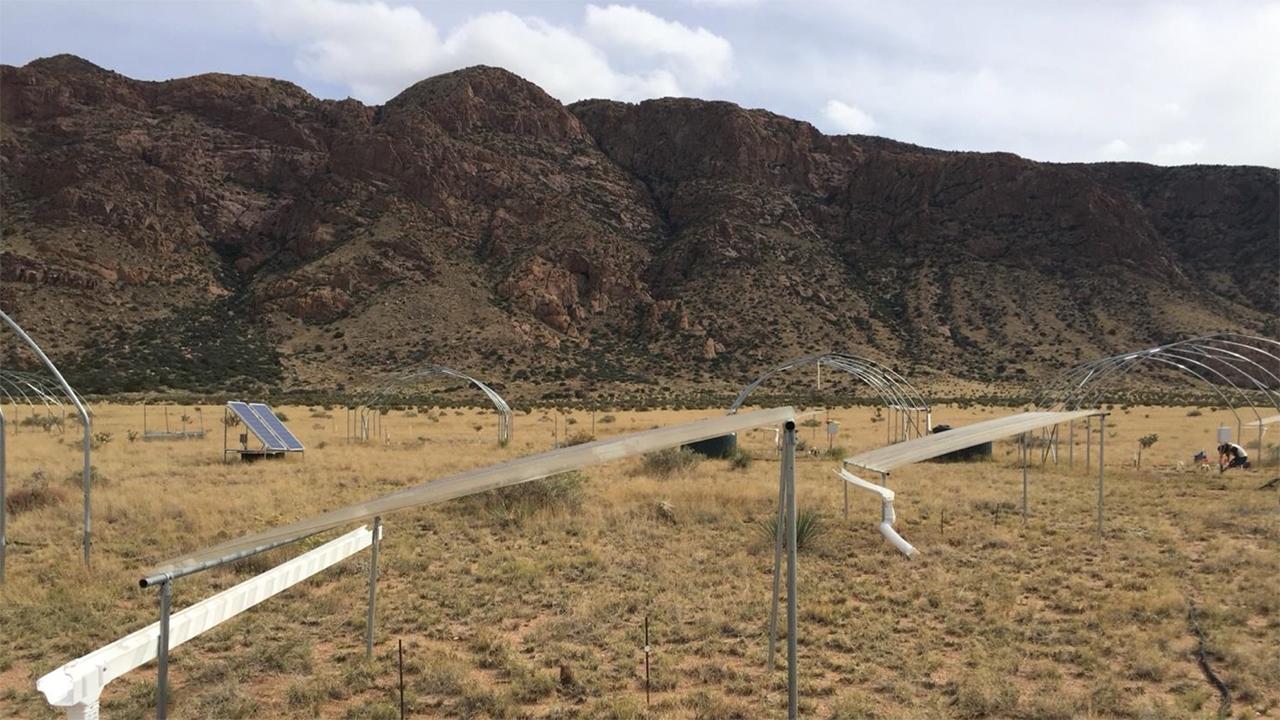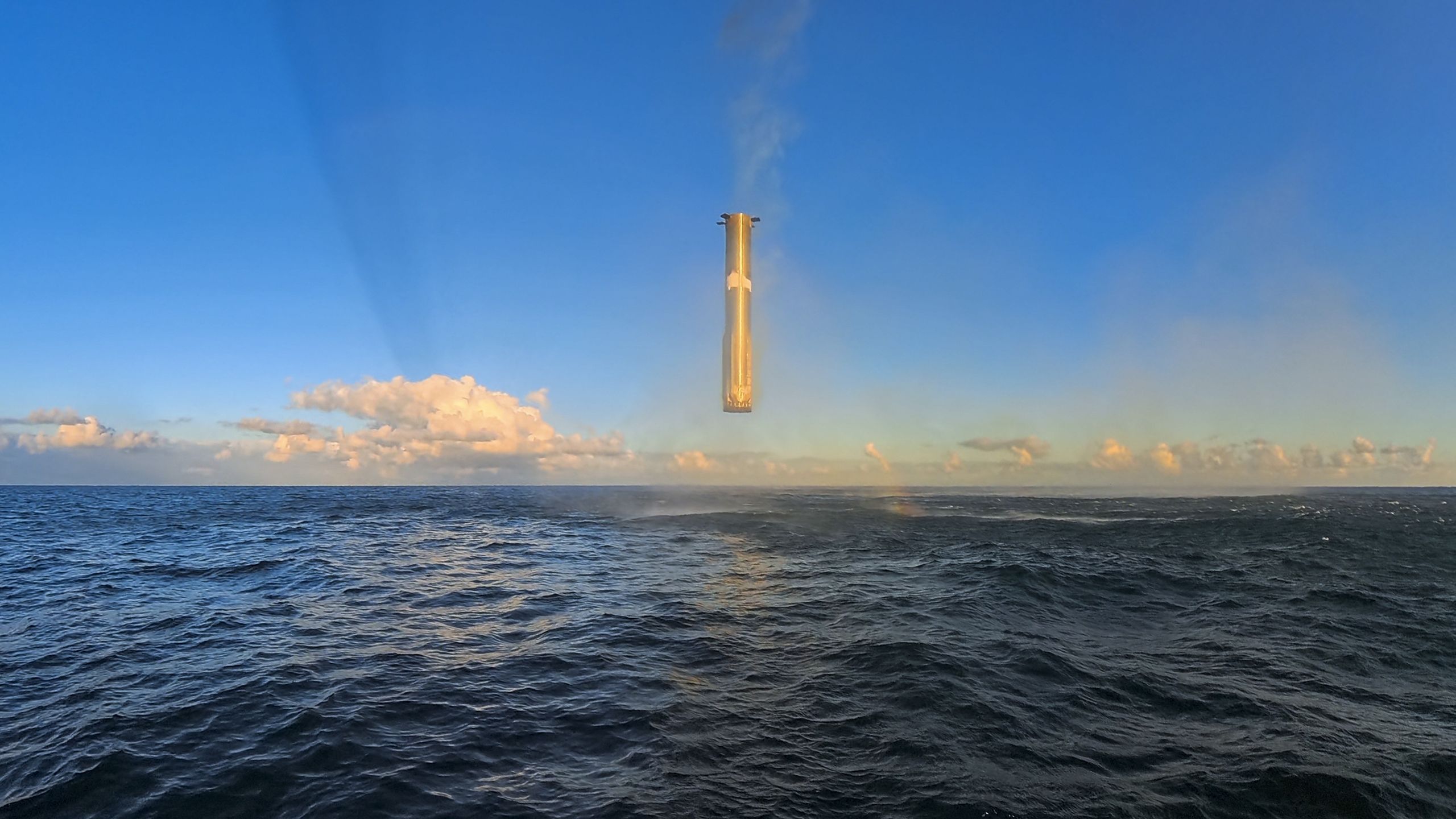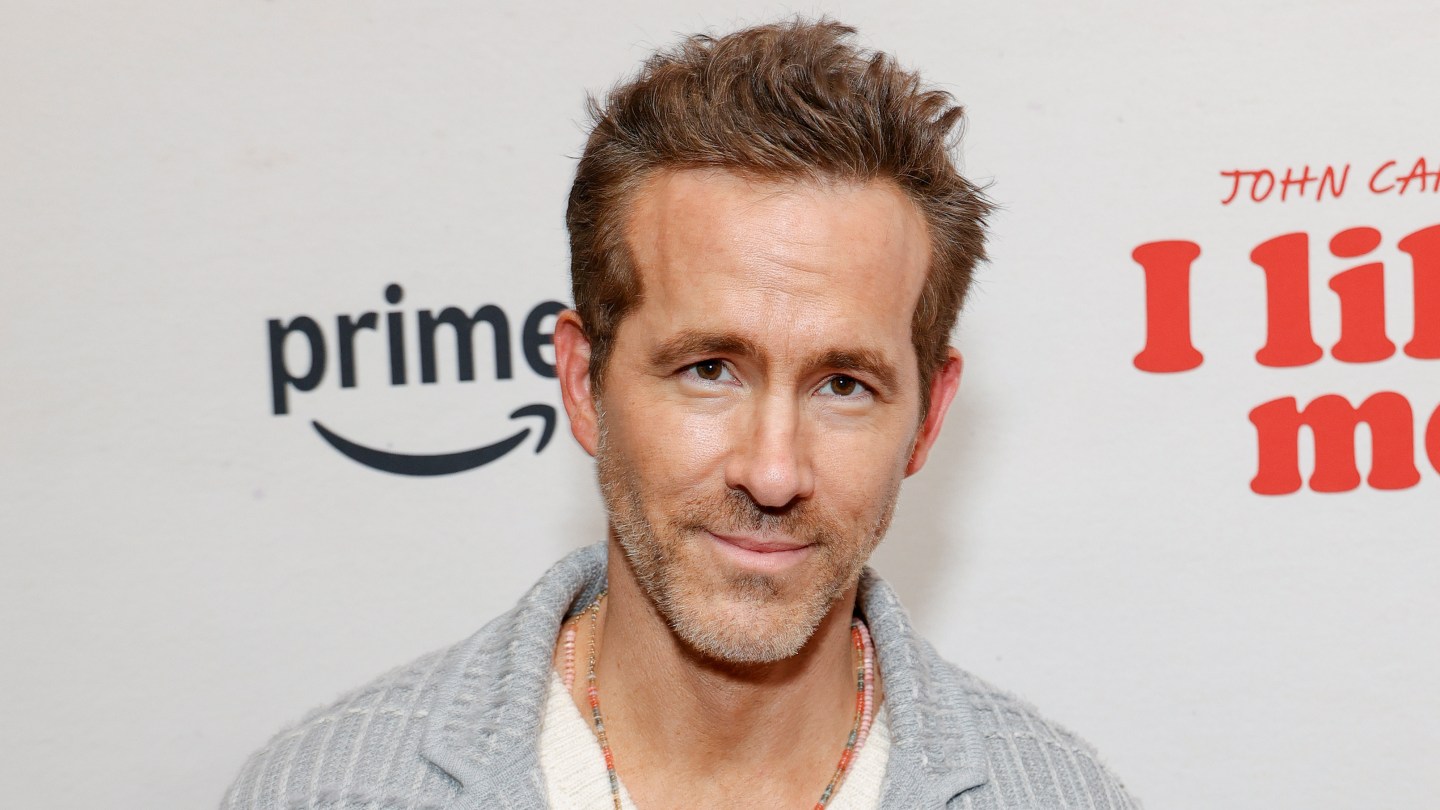Effects of extreme, prolonged drought on global grasslands, shrublands quantified
A global research effort led by Colorado State University, including The University of New Mexico, shows that extreme, prolonged drought conditions in grasslands and shrublands would greatly limit the long-term health of crucial ecosystems that cover nearly half the planet.
The findings are particularly relevant as climate change increases the possibility of more severe droughts in the future – potentially leading to a situation that echoes the Dust Bowl of the 1930s.
The new research, published in Science, shows that losses in plant productivity – the creation of new organic matter through photosynthesis – were more than twice as high after four years of continued extreme drought when compared to losses from droughts of moderate intensity. The work shows that these grassland and shrubland ecosystems lose their ability to recover over time under prolonged dry conditions.
“We show that – when combined – extreme, multi-year droughts have even more profound effects than a single year of extreme drought or multi-year moderate droughts,” said CSU Biology Professor Melinda Smith, who led the study with Timothy Ohlert, a former CSU postdoctoral researcher.
“The Dust Bowl is a good example of this,” she continued. “Although it spanned nearly a decade it was only when there were consecutive extremely dry years that those effects, such as soil erosion and dust storms, occurred. Now with our changing climate, Dust Bowl-type droughts are expected to occur more frequently.”
“We found that drought had highly variable effects on productivity, the growth of grassland plants, among global grasslands. However, productivity declined dramatically after multiple years of extreme drought, especially in drylands like ours, which is the likely scenario for our climate in the future.”
– UNM Distinguished Professor Scott Collins
Smith designed and led the International Drought Experiment with more than 170 researchers around the world. For the project, researchers built rainfall manipulation structures that reduced each rainfall event by a target amount over a four-year period in grassland and shrubland ecosystems across six continents.
Shelters at the Sevilleta Long-Term Ecological Research located south of Albuquerque.
In addition to the CSU research team, researchers at The University of New Mexico included Distinguished Professor of Biology Scott Collins. Ohlert was also a Ph.D. student at UNM under the mentorship of Collins and conducted some of the research while he was at UNM.
“We organized a coordinated, distributed drought experiment across 70 global grasslands, including sites in New Mexico,” said Collins. By simulating 1-in-100-year extreme drought conditions, the team was able to study the long- and short-term effects on grasslands and shrublands, which store more than 30% of global carbon and support key industries, such as livestock production. Variations in precipitation, as well as soil and vegetation across continents, meant different sites experienced different combinations of moderate and extreme drought years – providing unique experimental conditions that informed this study.
“Droughts are a natural part of climate variability, especially here in New Mexico. Climate change is predicted to increase the frequency, intensity and duration of droughts in our region and elsewhere,” continued Collins. “We found that drought had highly variable effects on productivity, the growth of grassland plants, among global grasslands. However, productivity declined dramatically after multiple years of extreme drought, especially in drylands like ours, which is the likely scenario for our climate in the future.”
Smith said the paper highlights the interaction between extremity and duration in drought conditions and that this interaction has rarely been systematically studied using experiments.
She added that the research suggests that the negative impacts on plant productivity are also likely to be much larger than previously expected under both extreme and prolonged drought conditions.
Plant growth is a fundamental component of the global carbon cycle. That is because plant photosynthesis is the main way carbon dioxide enters ecosystems, where animals consume it and plants store it as biomass. Because grasslands and shrublands cover roughly 50% of the Earth’s surface, they play a large role in balancing and facilitating carbon uptake and sequestration globally. That means changes to these ecosystems caused by drought could have wide-ranging impacts.
“Grasslands are globally important ecosystems because they are economically important and also harbor high biodiversity, including many charismatic grazing animals like bison in North America and wildebeest in Africa,” said Collins. “Many grasslands are highly sensitive to changes in precipitation, which is especially true for our grasslands where boom and bust years have big impacts on these ecosystems.”
For more than two decades, Collins and his colleagues have worked on the effects of global environmental change on grassland ecosystems. The International Drought Experiment is a key example of this work. Last year, the team published findings in PNAS from the same multi-site research network that quantified the impact of extreme short-term (one year) drought on grasslands and shrublands. Smith said the pair of papers now form an important foundation for further research into this topic.
“Because of the historic rarity of extreme droughts, researchers have struggled to estimate the actual consequences of these conditions in both the near and long-term,” Smith said. “This large, distributed research effort is truly a team effort and provides a platform to quantify and further study how intensified drought impacts may play out.”





